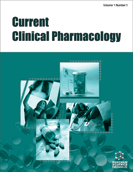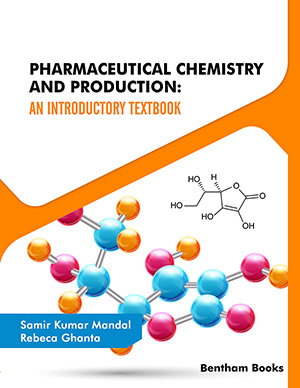Abstract
Antioxidants are groups of substances able to prevent and delay the
oxidation of easily oxidizable molecules and avoid free radicals’ formation. In living
organisms, the main free radicals are reactive oxygen species and reactive nitrogen
species. At low levels, they are involved in the regulation of diverse physiological
processes, but an imbalance between free radicals and the ability of the body to
eliminate them results in a pathological condition called oxidative/nitrosative stress.
Oxidative/nitrosative stress causes damage to cellular structures such as lipids, nucleic
acid, and proteins, compromising cellular health and viability and inducing the
development of several diseases. Physiological systems are able to contrast the free
radical excess, through the endogenous enzymatic materials (e.g., uric acid, glutathione
etc.), and via transcription factor activation. The uptake of natural antioxidants can
contribute to prevent cellular damage and exert beneficial effects. Natural antioxidants
are generally derived from plant sources and they play an important role by directly
scavenging free radicals or increasing antioxidant defences. Natural antioxidants have
gained remarkable interest and several methods have been developed for identifying
their antioxidant capacity. This chapter reviews the major in vitro and in vivo assay
procedures for the antioxidant activity estimation describing materials, extract types,
extracts/pure compounds' concentrations, step by step processes and calculations for
each assay. Advantages and limitations, as well as the molecular mechanisms of each
method have been reported.
Keywords: Antioxidant activity, Electron transfer, Free-radicals, In vitro antioxidant assay, In vivo antioxidant methods, Natural antioxidants, Oxidative stress.






















